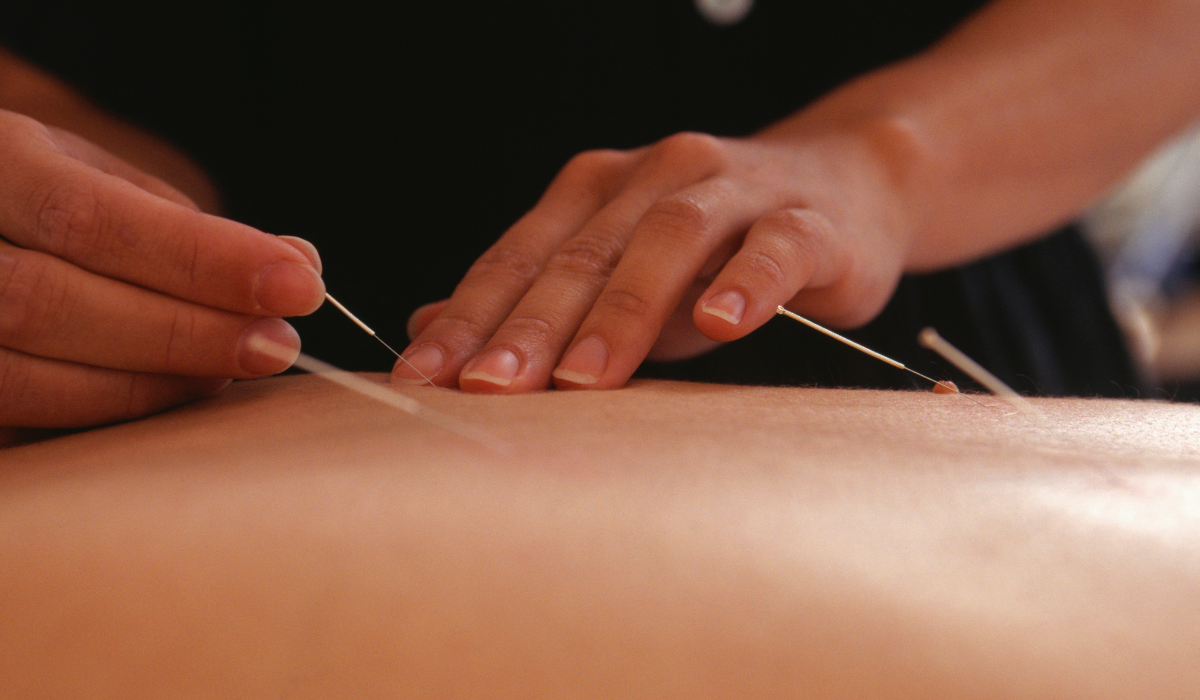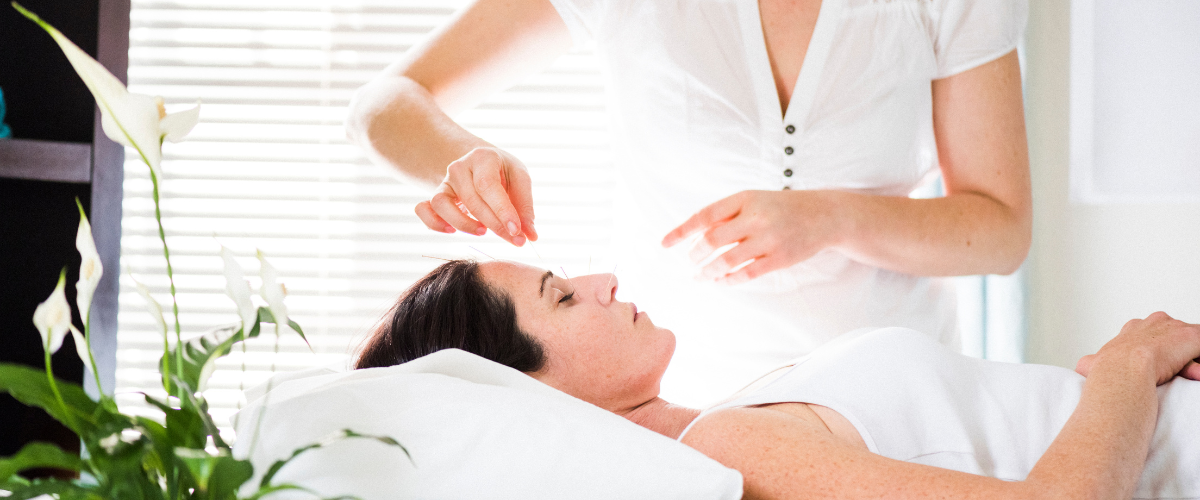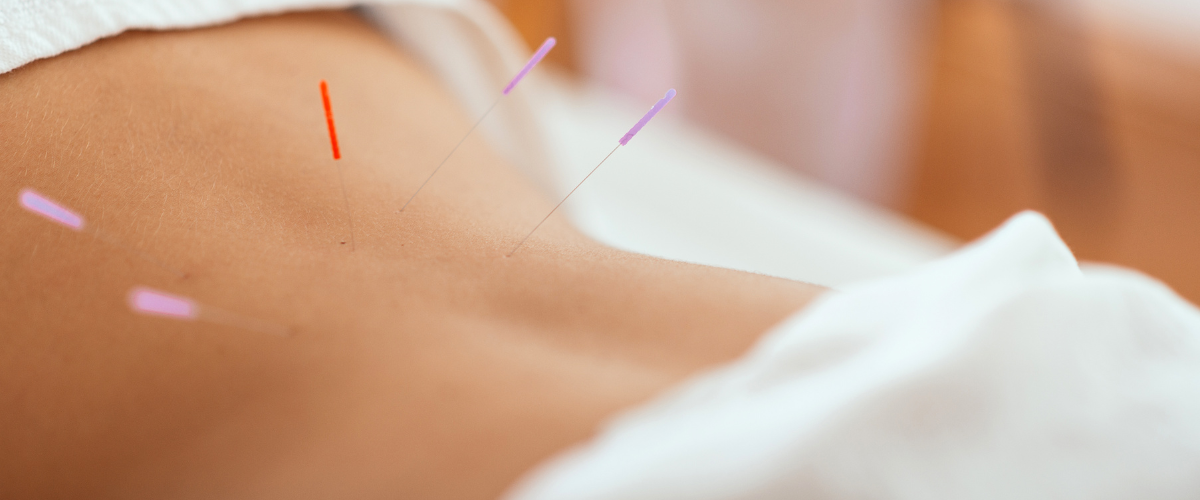Acupuncture has long been recognized as an effective alternative therapy for pain relief and overall well-being. In recent years, it has gained popularity as a complementary treatment during pregnancy and childbirth. Many expectant mothers are turning to acupuncture to help achieve a pain-free birthing experience. This ancient Chinese practice involves the insertion of thin needles into specific points on the body, stimulating the flow of energy and promoting natural healing. By targeting these points, acupuncture can help alleviate common discomforts associated with pregnancy and labor, reducing the need for medical interventions and enabling women to have a more relaxed and pain-free birth.

What are the different pain relief options available for a pain-free birth?
There are several pain relief options available for a pain-free birth. One common method is epidural anesthesia, which involves administering medication through a catheter placed in the lower back to numb the lower half of the body. This provides effective pain relief but may slightly prolong labor and may be associated with potential side effects. Another option is nitrous oxide, also known as laughing gas, which can be inhaled to reduce pain and anxiety without affecting the progress of labor. Other non-medical pain relief techniques include relaxation techniques, breathing exercises, massage, water immersion, and acupuncture. Ultimately, the choice of pain relief option depends on personal preferences, medical conditions, and the stage of labor.

Can a woman truly experience a completely pain-free birth without any interventions or medications?
While it is possible for a woman to have a relatively pain-free birth without interventions or medications, it is important to note that every woman’s experience is unique and can vary significantly. Some women may have a higher pain tolerance or experience less pain due to various factors such as relaxation techniques, breathing exercises, supportive pain free birth birthing environments, and hypnobirthing methods. However, pain during childbirth is a natural physiological response as the body goes through intense contractions and the stretching of tissues. It is essential for women to have access to medical interventions and pain relief options if needed to ensure a safe and positive birth experience.
Are there any alternative methods or techniques that can help manage pain during childbirth?
Yes, there are several alternative methods or techniques that can help manage pain during childbirth. These include relaxation techniques such as deep breathing exercises, visualization, and guided imagery. Acupuncture and acupressure can also be effective in reducing pain and promoting relaxation. Water immersion, also known as water birth, has been found to provide pain relief and relaxation during labor. Additionally, the use of TENS (transcutaneous electrical nerve stimulation) machines, which deliver low-level electrical currents to help block pain signals, has been gaining popularity as a non-invasive pain management option during childbirth.
How effective are hypnobirthing and other relaxation techniques in achieving a pain-free birth?
Hypnobirthing and other relaxation techniques can be effective in helping women achieve a more comfortable birth experience, but it is important to note that achieving a completely pain-free birth may not be realistic for everyone. These techniques aim to reduce fear, tension, and stress during labor by promoting deep relaxation, visualization, breathing exercises, and positive affirmations. By focusing on relaxation and maintaining a calm state of mind, women may experience less pain and better cope with the sensations of childbirth. However, every woman’s experience is unique, and pain perception can vary greatly. It is essential for expectant mothers to discuss their options, expectations, and preferences with their healthcare providers to determine the most suitable approach for them.
Is it possible to have a pain-free birth after experiencing previous traumatic childbirth experiences?

While there are no guarantees, it is possible for women who have experienced previous traumatic childbirth experiences to have a pain-free birth. Various factors such as preparation, support from healthcare professionals, psychological and emotional well-being, and the birthing environment can all contribute to a more positive birth experience. Techniques such as relaxation exercises, hypnobirthing, water births, and pain management options like epidurals or nitrous oxide can also help minimize pain and increase comfort during labor and delivery. It is essential for women to discuss their previous traumatic experiences with their healthcare providers to create a personalized birth plan that considers their needs and preferences.

What are the potential risks or side effects associated with pain relief interventions during childbirth?
There are potential risks and side effects associated with pain relief interventions during childbirth. Medications such as epidurals can lower blood pressure, cause itching or a rash at the injection site, and increase the risk of instrument-assisted delivery (forceps or vacuum extraction). Nitrous oxide can cause dizziness, nausea, and vomiting. Opioid-based medications may lead to respiratory depression in both the mother and the baby. Additionally, pain relief interventions can prolong labor and increase the need for medical interventions such as cesarean section. It is essential for healthcare providers to carefully weigh the benefits and risks of these interventions and discuss them with the expectant mother to make informed decisions.
How do cultural beliefs and societal expectations influence the perception of pain during childbirth?
Cultural beliefs and societal expectations play a significant role in shaping the perception of pain during childbirth. In many societies, childbirth is often portrayed as a painful and challenging experience. This narrative is reinforced through cultural practices, such as stories, myths, and media representations that emphasize the intense pain associated with childbirth. Additionally, societal expectations surrounding women’s strength and resilience during labor may lead to the belief that experiencing high levels of pain is normal or even necessary for a successful birth. These cultural and societal factors can influence women’s anticipation, fear, and coping mechanisms, ultimately shaping their perception and experience of pain during childbirth.

What role does the healthcare provider play in supporting a woman’s desire for a pain-free birth?

The healthcare provider plays a crucial role in supporting a woman’s desire for a pain-free birth by providing comprehensive information about various pain management options, such as epidurals, nitrous oxide, and other non-pharmacological methods. They can also help the woman explore and understand her birth preferences, discuss the potential risks and benefits of different pain relief techniques, and offer continuous emotional support throughout the birthing process. Additionally, healthcare providers can work closely with the woman to develop a personalized birth plan that aligns with her desires for a pain-free experience and provide guidance on relaxation techniques, breathing exercises, and labor positions that can help manage pain effectively. Overall, their role is to empower and advocate for the woman’s choices while ensuring her overall safety and well-being during childbirth.
The Reality of Pain-Free Birth: Debunking Myths and Empowering Women
In conclusion, acupuncture has shown promising results in providing pain relief during childbirth. The use of acupuncture during labor can help women manage the discomfort and intensity of contractions, leading to a more positive birth experience. By stimulating specific points on the body, acupuncture can promote relaxation, release endorphins, and encourage the natural progression of labor. Furthermore, acupuncture is a safe and non-invasive option that does not have any adverse effects on the mother or baby. While further research is still needed to fully understand its effectiveness, acupuncture holds great potential as a complementary therapy for pain-free birth.
